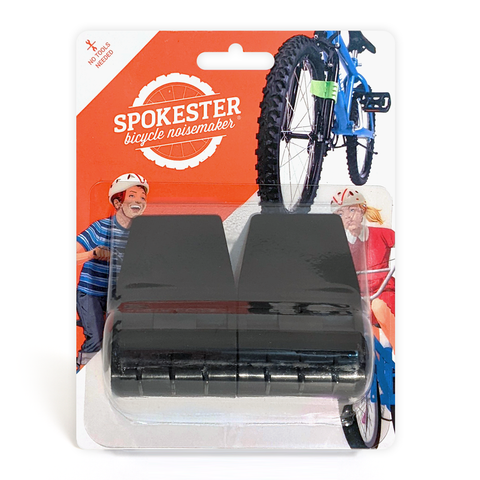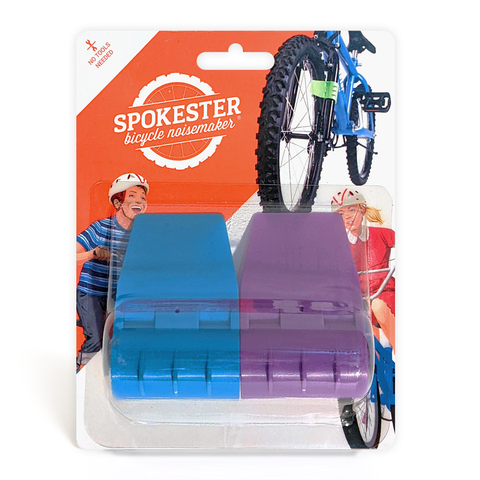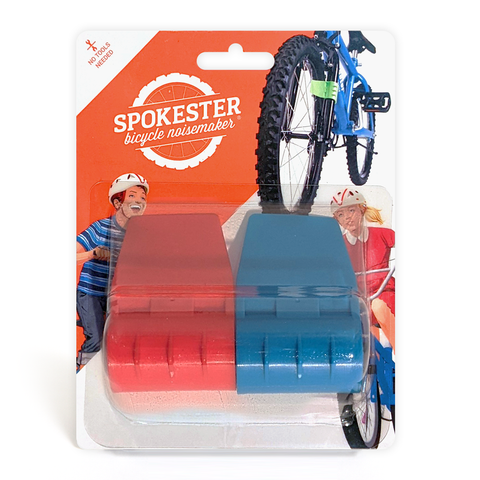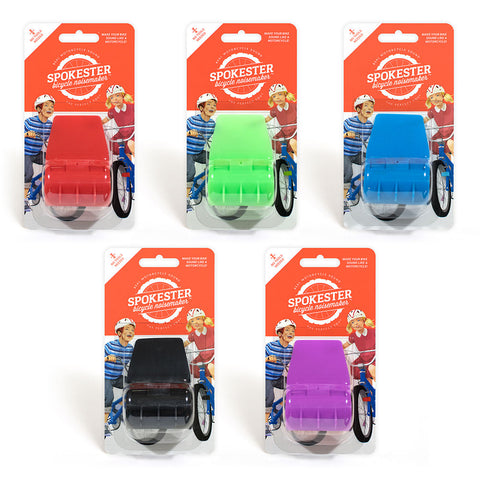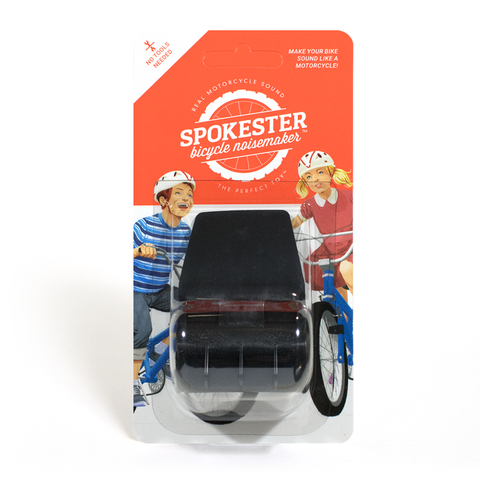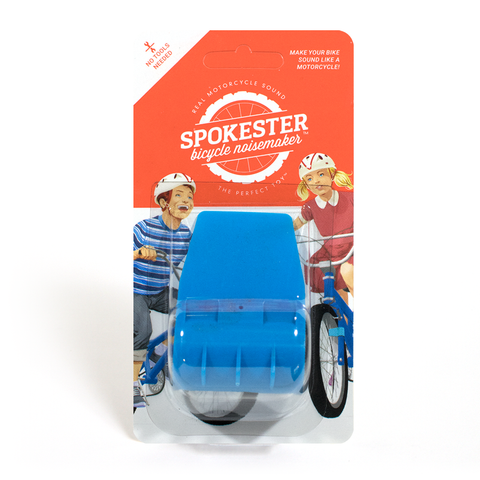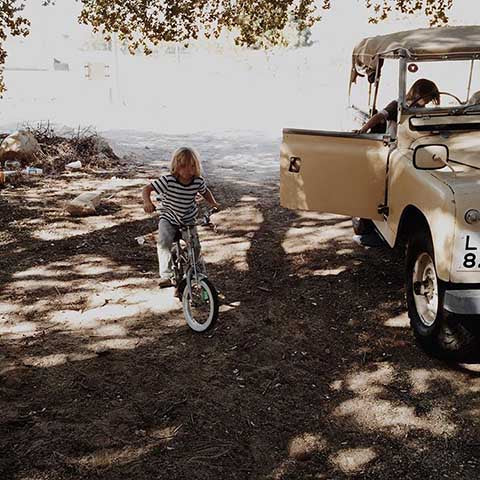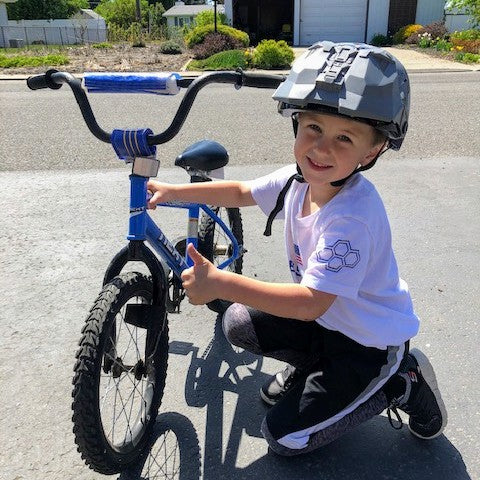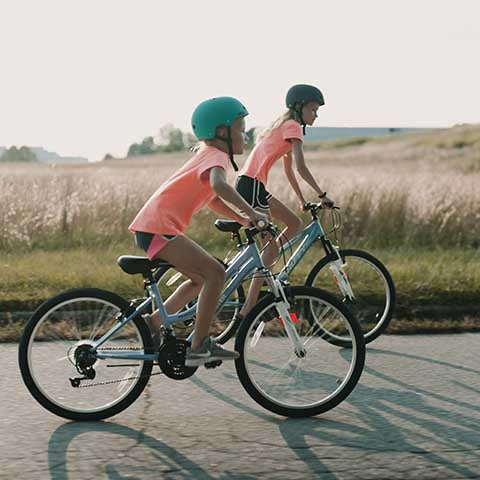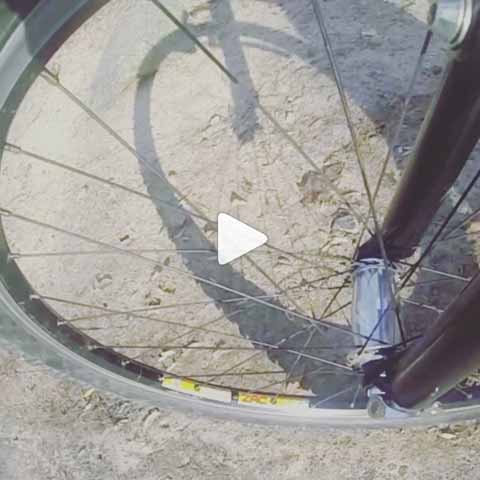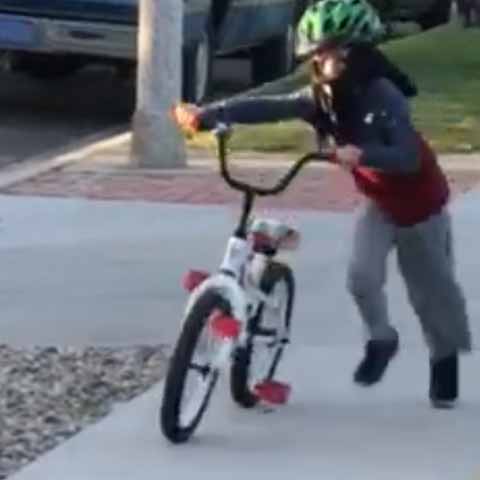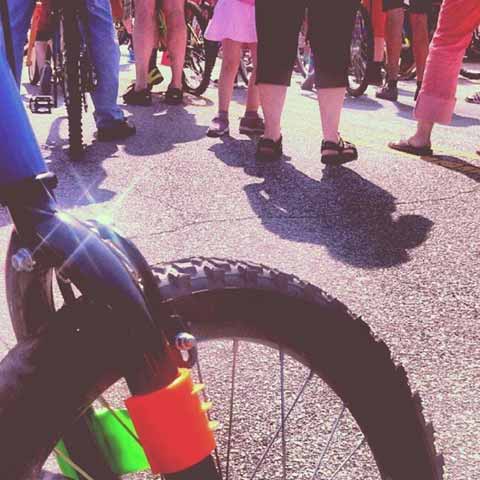BMX Briefing: Pegs and Rotors
The term "one size fits all" applies to a lot of things. Kids' bike styles, however, often qualify for exemption. Mountain bikes, road bikes, and BMX bikes all fall among the more popular styles and are as different from one another as the tykes who ride them. They're each built in specific ways to be used for specific purposes.
The last of these, BMX, can come with some very noticeable tweaks to its design depending on what junior wants to do with the bike. Two parts in particular stand out from the rest on freestyle BMX models: pegs and rotors. We'll walk you through the basics of each so you can sound intelligent when chatting about vert ramps and bunny hops at the dinner table.
Bike Pegs
Simply put, bike pegs are those little cylinders you see sticking out from either side of the wheel axle. Whether used on the front, back, or both, pegs let riders center their weight over the wheel. By placing their feet on the pegs, they have a more stable platform for better bike control when doing certain movements.
"Movements" in this case would be tricks. Flatland and street BMXers care less about weight and aerodynamics than BMX racers (in fact, pegs are outlawed in race events) and more about balance and handling during intricate maneuvers. Pegs add all kinds of weapons to a BMXer's arsenal, especially when it comes to stunts like grinds. If you've seen YouTube daredevils jump on and slide across curbs, rails, fences, walls, or other innocent municipal structures using their pegs, then you've seen a grind. Believe it or not, you can even find "peg wax" out there for use on these kinds of surfaces and on the pegs themselves to smooth the edges for longer grinds. Something to keep in mind before carelessly plopping down on that steel bench during your next stroll through the park.
Although some BMX bikes come with pegs, often you'll need to buy them as separate accessories. If this is the case, here are some things to know as you browse your options:
- Pegs are usually made of either chromoly steel or aluminum alloy. Steel is strong and inexpensive, aluminum is lighter but pricier.
- While the pegs themselves are metal, the surfaces can be rubber for better traction. Replaceable nylon or plastic sleeves are also available for riders looking for even longer or smoother grinds.
- Some pegs offer design variations. For instance, you can buy versions with flatter tops for more grip. Pegs that spin freely around the axle are also available depending on stunt preferences.
- Pegs are typically built to fit the 14mm-wide axles standard on most freestyle bikes. If your little guy or girl is interested in trying them out on a race BMX, adapters are available for the larger 3/8in axles on those models.
- If you're putting them on yourself, make sure you have a socket wrench and deep-well socket that will let you adjust the axle nut inside the peg.
BMX Rotors
Remember that 360 barspin to downside tailwhip at last year's X Games? Wait, you don't? That's okay, your little freestylers probably do, and that's really all that matters. But just in case they were inspired to start attempting something like that on their own, you'd best know what a rotor is.
Rotors go by a few different names. They're commonly referred to as "detanglers" since preventing tangles is their primary function. You'll also hear the term "Gyro," which is simply a popular style of rotor made by BMX brand Odyssey. Regardless of what you call them, rotors allow handlebars to turn in complete circles. Without it, the 360-degree motion would wrap the hand-brake cables around each other and the stem, which is often a one-way ticket to the bike shop.
Speaking of, if you're not a seasoned pro in bike construction, don't be a hero. Let a local expert install a new rotor on your kid's BMX. There are plenty of detangler diagrams available on the World Wide Web to satisfy your curiosity, though. It would be wise to familiarize yourself with things like Potts Mod bolts, fork steer tubes, and star fangled nuts before attempting anything on your own. And no, we did not make any of those up.
At the end of the day, rotors let you do some pretty nifty tricks. But, as you can see, it's an added cost and harder to set up and maintain. It's also heavier than the conventional configuration and can impact steering when riding with the handlebars in reverse position. We're not suggesting that any of these should be deal breakers, it's all a matter of how your child intends to use the bike and his/her level of skill.
So, if your kids have dreams of becoming the next freestyle BMX gold medalists at the X Games, consider a rotor and set of pegs for their rides. If not, keep searching for something else to put under the tree in December. And, by all means, breathe a sigh of relief.
← Older post Newer post →
